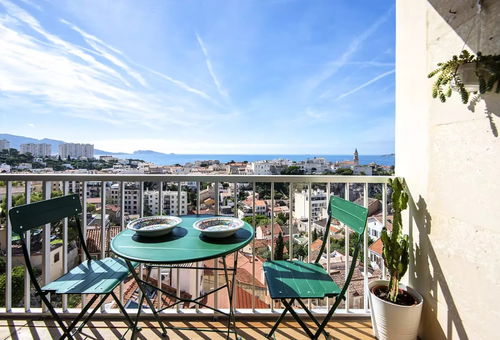La Canebière in Marseille
In the 1660s, Louis XIV ordered several works to extend the city of Marseille. He demolished the ramparts in the old quarter, thus extending the city to the neighborhood of manufacturers of hemp ropes. It is precisely because of the presence of these latter in the place that the district received the appellation of Canebière, "Canèbe" being the Provence word to designate hemps.
At the beginning, Canebiere did not extend as far as the port, as we now know it. Until the end of the 18th century, there was, between the two, the Great Arsenal of Galleys, built by Colbert, by order of the Sun King, of course. After the departure of the arsenal, the junction between Canebière and the Old Port was quite natural, but it was only in 1928 that it was officially defined that Canebière extends from the Old Port to The Church of the Reformed.
The rise of Canebière really began under the Third Republic, during which cafes, large hotels, restaurants and department stores were established. The area has become a symbolic place for the city, which is widely acclaimed by intellectuals, businessmen and sailors from around the world.
The Turkish coffee was the first to settle here, followed by several prestigious establishments such as the Hotel Beauvau which hosted eminent personalities such as Lamartine, George Sand or Frederic Chopin. If the Turkish coffee disappeared after the First World War, the second establishment is still present in Marseille, installed on the grounds which formerly belonged to the Arsenal of Galleys. The hotel even gave its name to the street that shelters it.
Canebière is today an emblematic place of Marseille, in the same way as the Old Port. Nowadays, staying in Marseille without going through one of these two places is equivalent to a visit to Paris without seeing the Eiffel Tower.



